
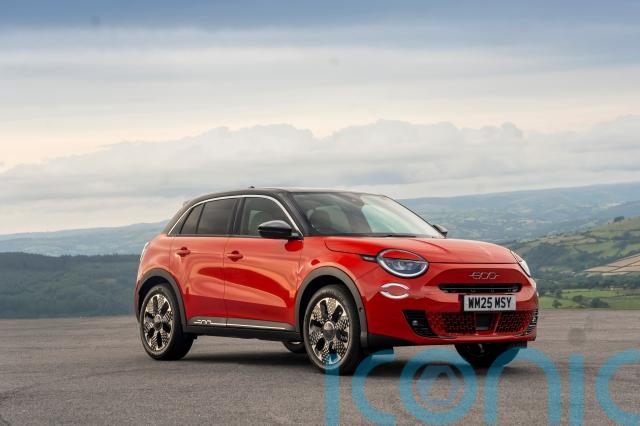
The Fiat 500 is one of the firm’s most popular cars, but when it launched a family-friendly SUV variant, called the ‘500X’, it didn’t quite cut it.
Fast forward a decade, and the 500X has been removed from sale and instead, the Italian firm has gone back to the drawing board and designed something that looks aesthetically pleasing with the same cutesy looks as the 500 but with greater levels of practicality.
Introducing the Fiat 600, a compact crossover with chic styling and bright colour schemes to make it stand out in the overcrowded world of crossovers. But can it do enough to beat the competition? Let’s find out.
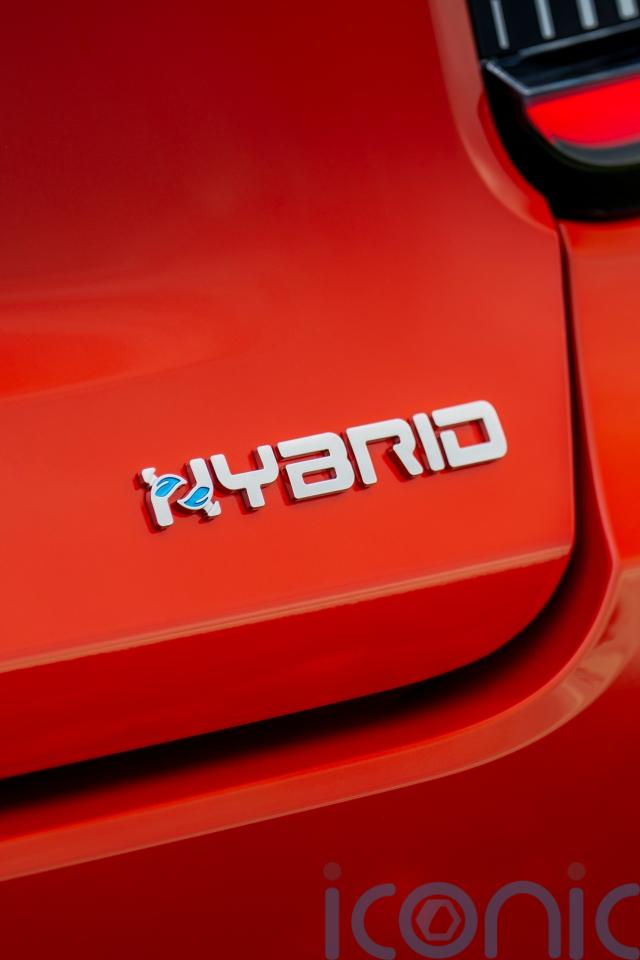
From launch, the 600 was only available with electric power; however, to make the model more affordable, the car is now offered with a hybrid setup.
It sits on the same CMP2 platform as the Vauxhall Mokka, Peugeot 2008, Alfa Romeo Junior and Jeep Avenger, and there’s a broad choice of trim levels, too.
This new hybrid car still retains the same looks and interior design as the electric variant, with subtle design changes to differentiate the two models.
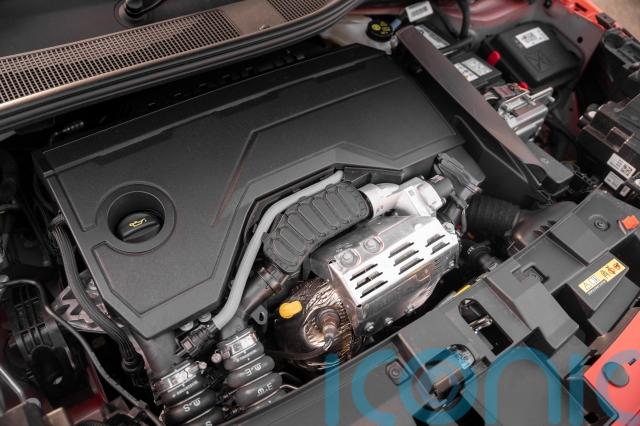
The 600 comes equipped with a 1.2-litre three-cylinder turbocharged 48-volt mild-hybrid powertrain, with a choice of two power outputs of either 98bhp or 134bhp.
We’re driving the higher-powered version, which also generates 205Nm of torque, can hit 60mph in 8.3 seconds and will reach a top speed of 124mph.
Fiat claims that the combined fuel economy is 58.9mpg and that this setup pumps out around 109g/km of CO2, making it relatively cheap to run.
The electric version of the car, badged ‘600e’, features a 54kWh battery and an electric motor, which can do a claimed 254 miles between trips to the plug.
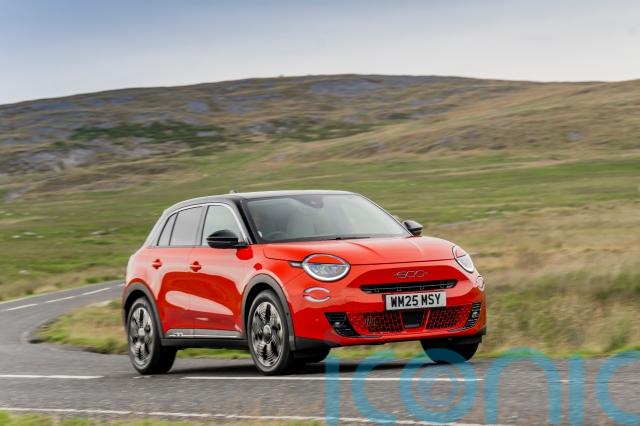
It comes as no surprise that the 600 drives very similarly to the Vauxhall Mokka and Jeep Avenger.
Around town, the light steering makes it very easy to manoeuvre and the electric motor cuts in at slower speeds to reduce emissions.
Also, there is a decent amount of low-down grunt from the engine, making it feel quite nippy when feeding through gaps in traffic.
However, that light steering brings a trade-off at higher speeds as it’s numb and lacks any feel, plus the ride does have a tendency to fidget about, making the car feel nervous on the motorway. The automatic gearbox is also very hesitant when you put your foot down, which doesn’t inspire confidence when pulling away from a junction.
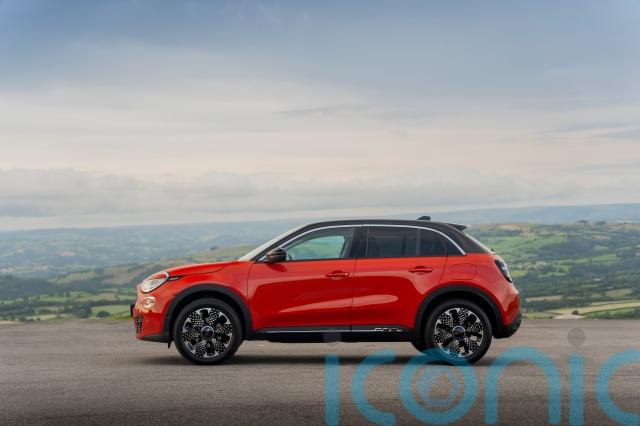
At first glance, the 600 looks like a 500 city car that has put on a few pounds.
It features the same bubble-shaped exterior design, while the circular front headlights and flat-positioned taillights are a nod to the city car, too.
However, the 600 boasts the added practicality of two extra doors, there are lower wheel arch extensions and chrome detailing around the window seals and below the doors.
Subtle design touches like the 600 logo that runs the width of the chrome strip in the doors give the car a unique presence.
The only differences between this hybrid model and the electric offering are the recess in the rear bumper for the exhaust pipe and the front radiator grille.
Our test car also boasts a two-tone paint scheme, which is finished off in Sunset Orange with a black roof, making it difficult to lose in a car park.
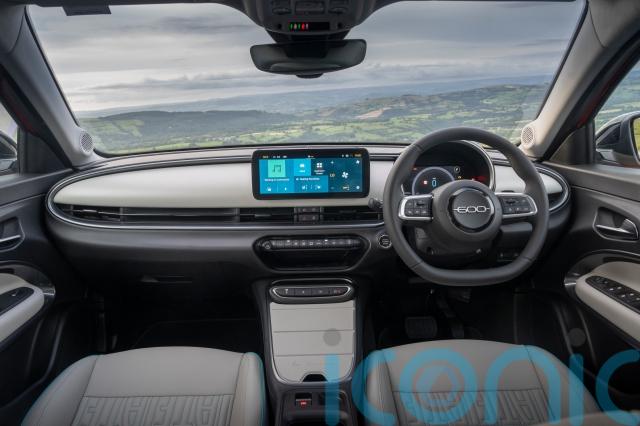
The interior of the 600 is a nice place to be, with our test car boasting cream leather with turquoise stitching, which brightens up the cabin.
Everything is logically laid out with a good amount of physical buttons, while storage is excellent with a very deep centre console bin hidden by an iPad-like cover flap. There are also deep door bins, a centre armrest that brings some extra storage and a phone holder above the gear selector. It’s just a pity that the glovebox is tiny, making it almost redundant.
The interior plastics aren’t anything special either, with lots of hard and scratchy materials used throughout.
Space in the back is average, with enough headroom for most adults. However, legroom is tight, with not much space to move your legs. Also, it would be nice if there were some grab handles in the back, which the 600 seems to be lacking.
In terms of boot space, the car offers a total of 385 litres or 1,256 litres with the rear bench folded down. That’s 25 litres more than what you get in the electric variant and 35 litres extra compared to a Vauxhall Mokka.
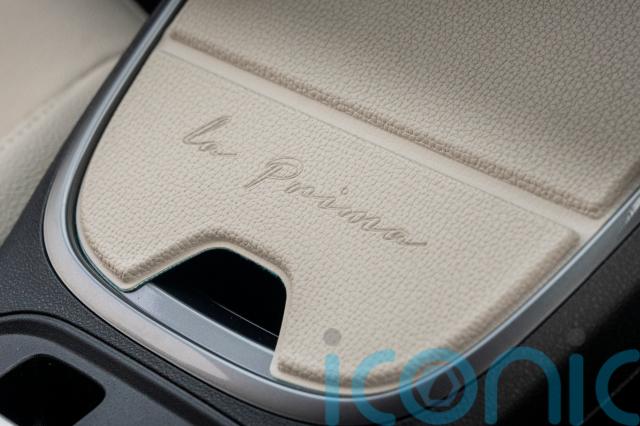
Fiat offers the 600 in three different flavours, and all models come with lots of standard equipment.
The entry-level ‘600’ has all the essentials such as a 10.25-inch touchscreen display, cruise control, air conditioning and rear parking sensors.
The mid-level ‘Icon’ boasts extras such as automatic climate control, LED taillights, keyless entry with push button start and 17-inch alloy wheels.
We’re driving the flagship ‘La Prima’, which adds an electrically-adjustable driver’s seat with a massaging function, 18-inch alloy wheels, a powered tailgate, heated front seats and a heated front windscreen.
Prices kick off at £25,360, putting it on par with its mechanical twin, the Vauxhall Mokka, when it comes to value for money.
The Fiat 600 doesn’t do anything out of the ordinary in the compact crossover class. It’s rather anonymous to drive, and it’s not the best-in-class when it comes to interior practicality and feels cheap in places.
However, with its interesting exterior design, generous boot space and impressive standard equipment list, there is plenty to like about it. It’s just a shame that it feels very similar to its Stellantis stablemates and doesn’t do enough to make it feel unique or special enough to make it a class-leader.
Subscribe or register today to discover more from DonegalLive.ie
Buy the e-paper of the Donegal Democrat, Donegal People's Press, Donegal Post and Inish Times here for instant access to Donegal's premier news titles.
Keep up with the latest news from Donegal with our daily newsletter featuring the most important stories of the day delivered to your inbox every evening at 5pm.